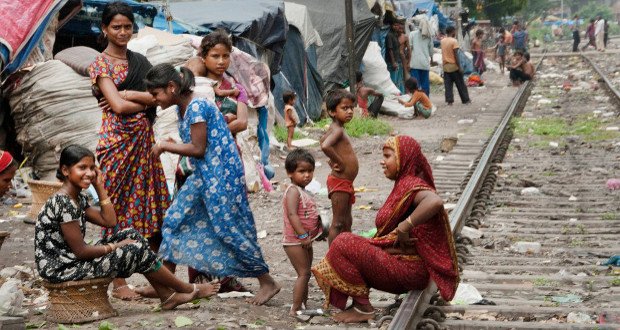As of 2023, China remains the most populous country in the world, with a population of over 1.4 billion, while India is the second most populous country, with a population of over 1.3 billion. However, it is true that India is projected to surpass China in population by 2027.
That being said, family planning is an important issue in India, given its large population and the challenges it poses for economic development, social welfare, and the environment. India has made significant progress in this area over the past few decades, with the total fertility rate (TFR) declining from 5.9 in the 1950s to 2.2 in 2021.
However, there are still significant regional and socioeconomic disparities in access to family planning services, with some states and communities lagging behind others. The government and civil society organizations have been working to address these disparities and promote awareness and access to family planning services, including contraceptives, reproductive health education, and maternal and child health services.
Efforts to promote family planning in India must be accompanied by broader efforts to promote gender equality, address poverty and social inequalities, and promote sustainable development. By addressing these broader challenges, India can ensure that its population growth is sustainable and equitable, and that its people can lead healthy and fulfilling lives.


